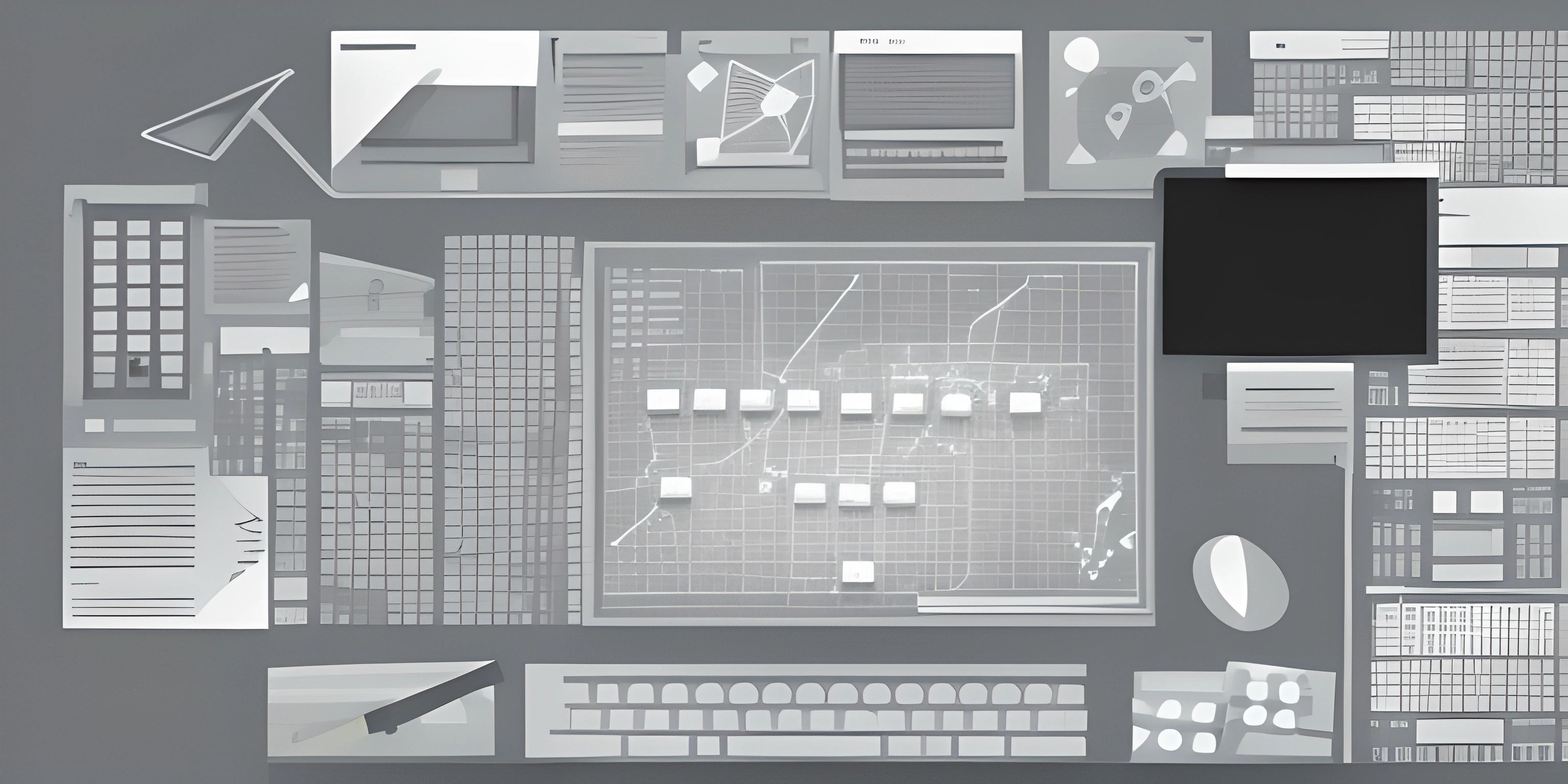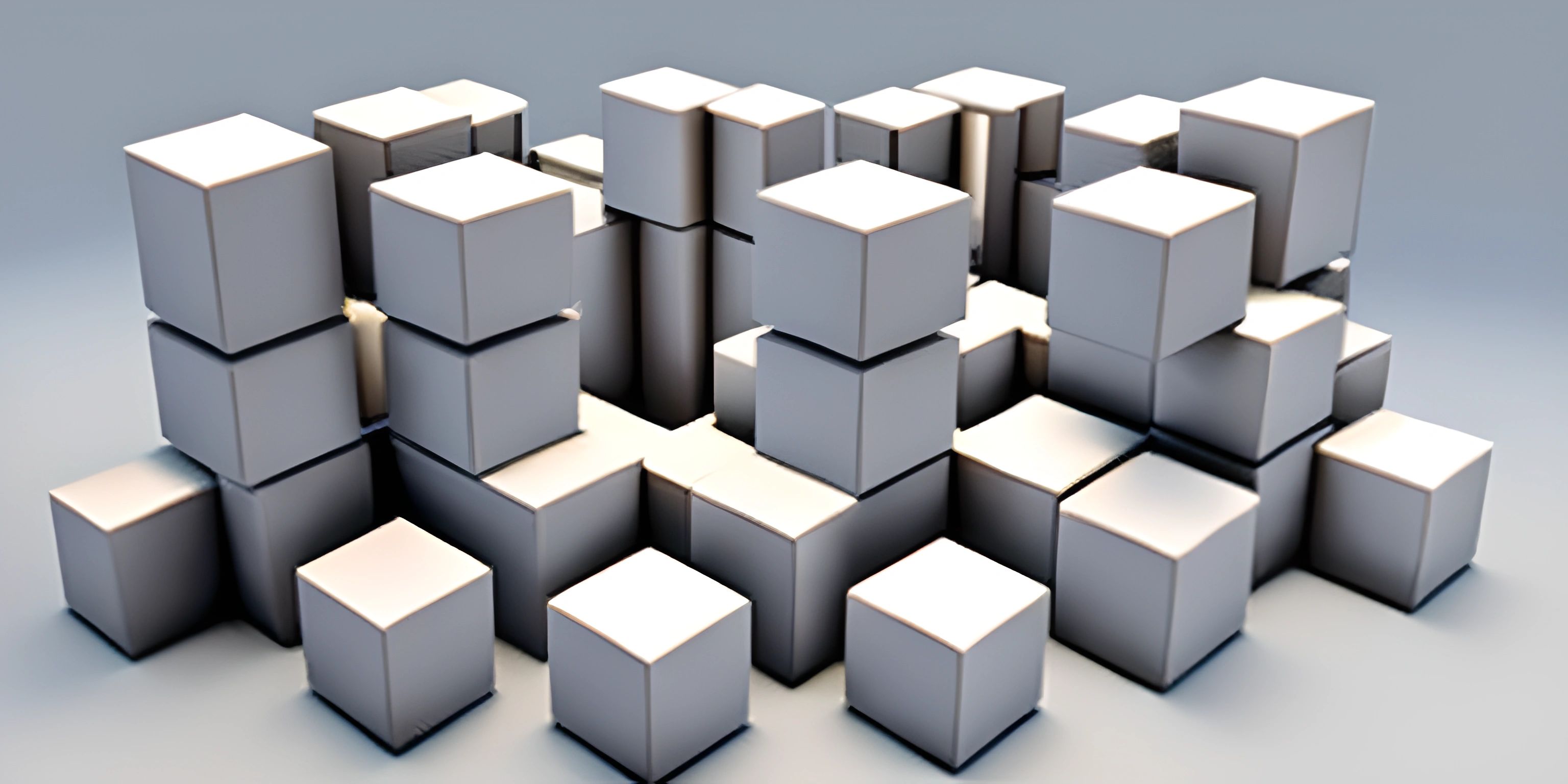An Introduction to the World of Databases

Note: this page has been created with the use of AI. Please take caution, and note that the content of this page does not necessarily reflect the opinion of Cratecode.
Welcome to the world of databases! Here, you'll discover the magic of storing, managing, and retrieving data efficiently. Databases are the backbone of most applications and are essential for handling large amounts of data.
What is a Database?
A database is an organized collection of data that is stored and managed electronically. It allows for the easy storage, retrieval, and manipulation of data. Databases are crucial for any application that requires data to be stored and accessed efficiently.
There are two main types of databases: Relational (SQL) and Non-Relational (NoSQL). Let's take a closer look at each of them.
Relational Databases (SQL)
Relational databases, also known as SQL databases, use a structured query language (SQL) for defining and manipulating the data. In a relational database, data is organized into tables with rows and columns. Each row represents a record or entity, while columns represent attributes, also known as fields. Tables are related to each other through keys, which are unique identifiers for each record.
Some of the most popular relational databases are MySQL, PostgreSQL, and Microsoft SQL Server.
Non-Relational Databases (NoSQL)
Non-relational databases, commonly referred to as NoSQL databases, do not rely on a fixed schema and can handle unstructured data. These databases are more flexible and scalable compared to relational databases. NoSQL databases are categorized into four types: Document, Key-Value, Column-Family, and Graph databases.
Some popular NoSQL databases include MongoDB, Cassandra, and Redis.
Database Concepts
To get started with databases, it's essential to understand some fundamental concepts:
Schema
A schema defines the structure of a database, such as table names, column names, data types, and relationships between tables. In relational databases, a schema is strictly enforced, while NoSQL databases offer more flexibility.
CRUD Operations
CRUD stands for Create, Read, Update, and Delete. These are the basic operations that can be performed on any database. Creating new records, retrieving existing records, modifying records, and deleting records are the primary functions of a database.
Transactions
A transaction is a sequence of database operations that are executed as a single unit of work. Transactions help maintain data consistency and integrity. They follow the ACID properties: Atomicity, Consistency, Isolation, and Durability.
Indexing
An index is a data structure that enables fast retrieval of records from a database. Indexing can significantly improve query performance but can also slow down data manipulation operations like inserting, updating, or deleting records.
Query Optimization
Query optimization refers to the process of improving the efficiency of executing a query by selecting the best execution plan. Database management systems often have built-in query optimizers that analyze and optimize queries based on various factors, such as available indexes and table statistics.
Now that you have a basic understanding of databases and their concepts, you're ready to explore the vast world of databases further. Learn more about specific databases, their features, and how to use them to store and manipulate data effectively!
Hey there! Want to learn more? Cratecode is an online learning platform that lets you forge your own path. Click here to check out a lesson: Rust - A Language You'll Love (psst, it's free!).
FAQ
What are the main purposes of using a database?
Databases serve several purposes, such as:
- Storing and organizing data: Databases provide a structured way to store and manage data efficiently and securely.
- Retrieval of data: Users can easily access and retrieve data from a database using queries and filters.
- Data manipulation: Databases allow users to modify, update, and delete data as needed.
- Data analysis: Databases can be used to analyze and gain insights from the stored data.
- Data sharing and collaboration: Multiple users can access and work on the same database, allowing for collaboration and information sharing.
What are the different types of databases?
There are two primary types of databases:
- Relational databases: These databases use a schema to define the structure of the data and organize it into tables. They follow the rules of the relational model and use SQL as the primary language for querying and managing data. Examples include MySQL, PostgreSQL, and Oracle DB.
- NoSQL databases: These databases don't use a fixed schema and can store unstructured or semi-structured data. They are designed for scalability and can handle large amounts of data. Examples include MongoDB, Couchbase, and Cassandra.
What are some essential concepts in databases?
Some fundamental concepts in the world of databases include:
- Data model: A representation of how data is organized and structured within a database.
- Schema: A blueprint that defines the structure, relationships, and constraints of a database.
- Query language: A language used to interact with and manipulate data in a database. SQL is the most common query language for relational databases, while NoSQL databases use various query languages.
- Indexing: A technique used to optimize data retrieval in a database by creating pointers to specific data elements.
- Transactions: A set of operations that are executed as a single unit to maintain the consistency and integrity of the data in a database.
How do I choose the right database for my project?
Choosing the right database for your project depends on several factors, such as:
- Data structure: Consider the type of data your project will handle (structured, semi-structured, or unstructured) and choose a database that supports it.
- Scalability: Determine if your project will need to handle large amounts of data or a high number of simultaneous users. NoSQL databases are typically better suited for scalability.
- Query capabilities: Evaluate the complexity of the queries you'll need to perform on your data and choose a database that supports them.
- Consistency and reliability: If your project requires strict data consistency, a relational database might be a better fit. NoSQL databases often prioritize availability over consistency.
- Community and support: Research the available resources, documentation, and community support for each database to help you make an informed decision.
Can I use multiple databases in a single project?
Yes, you can use multiple databases in a single project, especially when different parts of the project have different data storage requirements. This approach is known as polyglot persistence. It involves using the most suitable database for each part of the project, resulting in improved performance and flexibility. However, it also adds complexity to your project, as you'll need to manage multiple databases and ensure data consistency and integrity across them.





